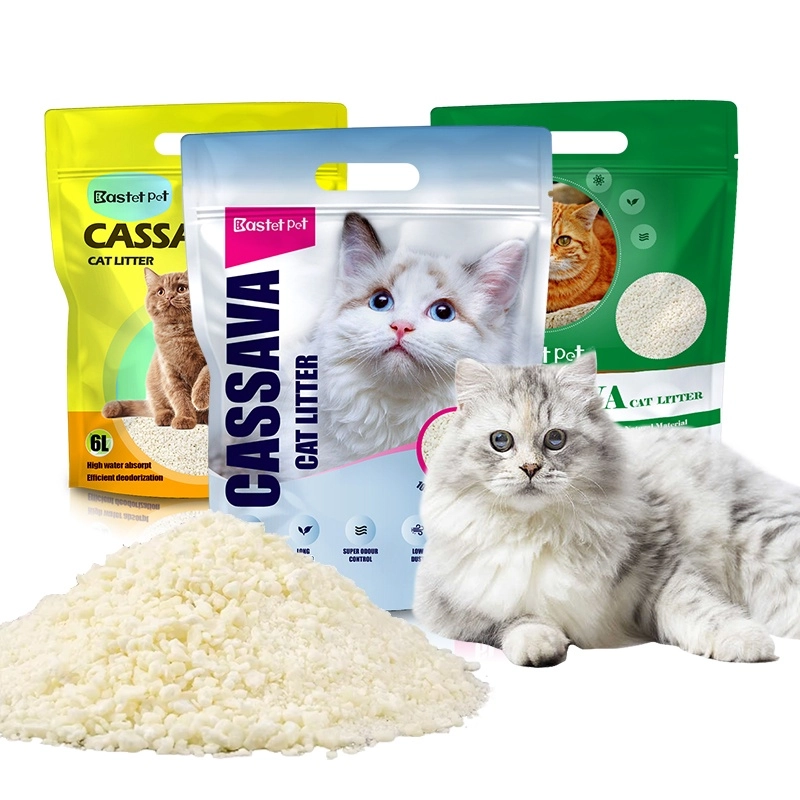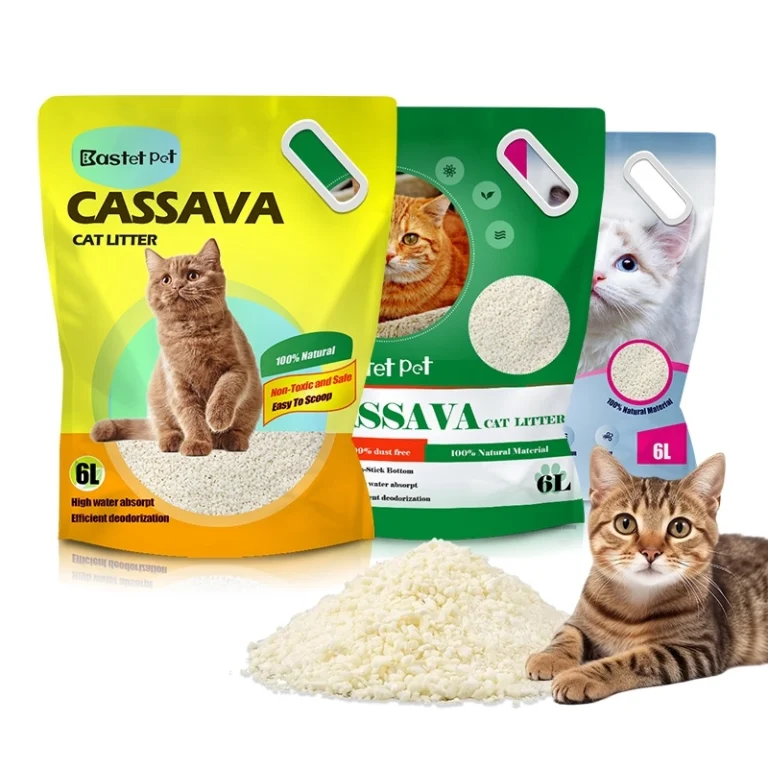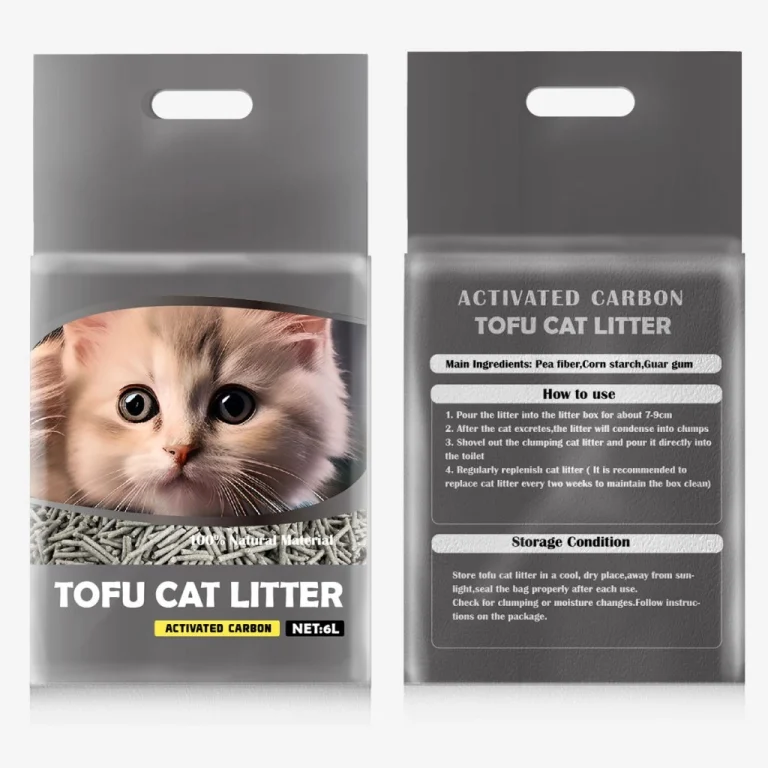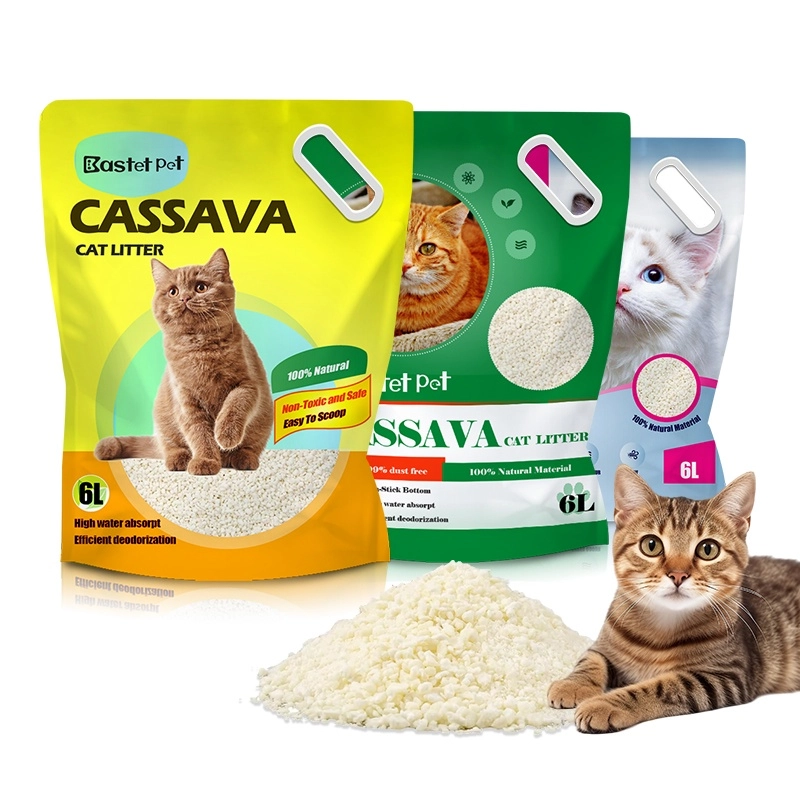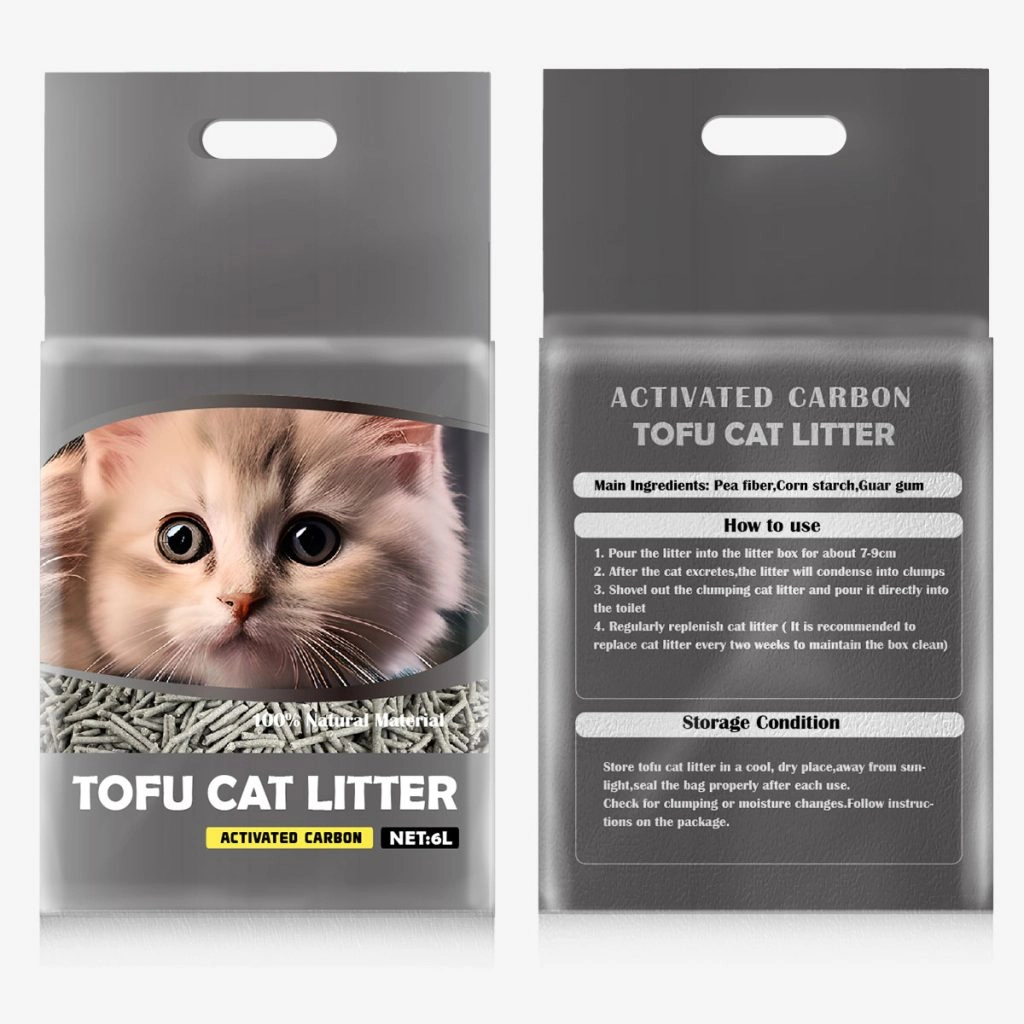Cassava as a Sustainable Ingredient in Cat Litter
What Is Cassava?
Cassava, also called manioc or yuca, is a starchy root. It grows in South America. It thrives in tropical areas. The plant adapts to tough climates. Its roots are rich in carbohydrates. They feed millions worldwide. Cassava has unique traits. Its high starch content stands out. It breaks down naturally. It’s non-toxic. These make it ideal for green products. Cat litter is one use. It’s a sustainable choice.
Why Cassava Is Green
Cassava is eco-friendly. It decomposes naturally. No harmful residues remain. This cuts waste. It protects ecosystems. Cassava needs fewer chemicals. Unlike other crops, it avoids heavy pesticides. It uses less fertilizer. The plant is renewable. Farmers harvest it repeatedly. It doesn’t drain resources. This fits global green goals.
The Role of Cassava in Cat Litter Production
Absorbent Power
Cat litter must soak up moisture. Cassava excels here. Its starch absorbs liquid well. It forms clumps. These are easy to scoop. Cleaning becomes simple. The litter box stays dry. This keeps cats comfortable. It boosts hygiene. Owners benefit too.
Odor Control
Cassava fights smells. Its starches trap ammonia. This comes from cat urine. Odors stay locked in. The home smells fresher. Owners notice the difference. Cassava pairs with natural additives. These enhance odor control. Fragrances or deodorizers can be added. The result is a pleasant space.
Biodegradability Benefits
Cassava litter breaks down fast. Unlike clay or silica, it’s eco-friendly. Those linger in landfills. Cassava decomposes quickly. It reduces environmental harm. Many versions are flushable. This adds convenience. It supports green disposal. Owners make a positive impact.
Advantages of Using Cassava in Cat Litter
Health Perks for Cats
Cats are sensitive. Dust or chemicals in litter can harm them. Cassava litter is safer. It’s low in dust. It skips synthetic additives. This lowers breathing risks. Allergies are less likely. Owners enjoy a cleaner home. Pets stay healthier.
Lower Carbon Footprint
Cassava cuts emissions. Growing it uses less energy. Unlike clay mining, it’s light on resources. Manufacturing is simpler. Disposal is green too. The litter breaks down naturally. It doesn’t add to landfill waste. Choosing cassava supports sustainability. It fights climate change.
Comparing Cassava-Based Cat Litter to Traditional Options
Cassava vs. Bentonite
Cassava and bentonite differ greatly. Bentonite is clay-based. It clumps well. Moisture turns it solid. Scooping is easy. BASTET’s Crush Bentonite Cat Litter uses quality clay. It comes from Inner Mongolia, China. It’s nearly dust-free. It controls odors long-term. Owners value this.
Cassava uses starch. It absorbs liquid just as well. It forms biodegradable clumps. Bentonite comes from mines. This harms the environment. Cassava is a crop. It needs fewer chemicals. It’s a greener choice. Owners get sustainability and performance.
Odor control varies too. Bentonite traps smells well. Cassava goes further. Its starch locks in ammonia. This keeps homes fresher. It’s a natural solution.
Cassava vs. Other Plant-Based Litters
Cassava stands out among plant-based litters. Tofu litter uses soybean fiber. It clumps well. It controls odors. But cassava breaks down faster. It’s often flushable. This adds ease. Wood pellets use sawdust. They absorb liquid. But they don’t clump like cassava. They can be dustier too. Cassava stays low-dust. It’s gentler for pets.
Wood pellets need heavy processing. This can harm forests. Cassava is lighter on resources. It aligns with green goals. BASTET (Tianjin) Pet Products Co., Ltd. focuses on eco-options. Their tofu cat litter uses natural fibers. It shows the industry’s green shift.
The Growing Demand for Sustainable Pet Products
Consumer Shift to Green Supplies
People want eco-friendly pet products. Sustainability drives choices. Owners seek ethical options. Biodegradable litters like cassava fit this trend. They cut waste. They protect the planet. Health benefits matter too. Chemical-free litters keep pets safe. Retailers see this demand. They stock green products. Consumers feel good about their impact.
BASTET’s Innovative Solutions
Manufacturers meet this demand with creativity. BASTET (Tianjin) Pet Products Co., Ltd. leads the way. Their tofu cat litter uses pea fiber. It includes corn starch. These are food-grade. The litter absorbs fast. It fights odors well. BASTET offers custom options. Their OEM/ODM services help businesses stand out. They produce 1,300 tons daily. Quality is certified by ISO9001. SGS and BV inspections back them. Their cassava and tofu litters drive sustainability. They keep performance high. They meet global green goals.
FAQs about Cassava’s Role in Eco-Friendly Cat Litter
What makes cassava unique?
Its absorbency shines. It’s biodegradable. It’s renewable. These beat traditional materials.
Is cassava litter safe for cats?
Yes, it’s low-dust. It avoids chemicals. This cuts risks to lungs or skin.
How does cassava help the environment?
It uses fewer resources. It breaks down naturally. It reduces landfill waste.
Can I flush cassava litter?
Many brands allow flushing. Cassava dissolves in water. Check local rules first.
Contact BASTET (Tianjin) Pet Products Co., Ltd. for sustainable pet solutions. Their eco-friendly litters meet your needs!

